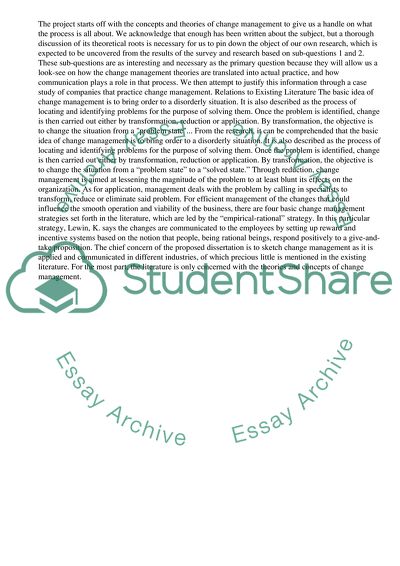Cite this document
(“The Communication Challenge In Change Management Essay”, n.d.)
The Communication Challenge In Change Management Essay. Retrieved from https://studentshare.org/management/1529089-the-communication-challenge-in-change-management
The Communication Challenge In Change Management Essay. Retrieved from https://studentshare.org/management/1529089-the-communication-challenge-in-change-management
(The Communication Challenge In Change Management Essay)
The Communication Challenge In Change Management Essay. https://studentshare.org/management/1529089-the-communication-challenge-in-change-management.
The Communication Challenge In Change Management Essay. https://studentshare.org/management/1529089-the-communication-challenge-in-change-management.
“The Communication Challenge In Change Management Essay”, n.d. https://studentshare.org/management/1529089-the-communication-challenge-in-change-management.


